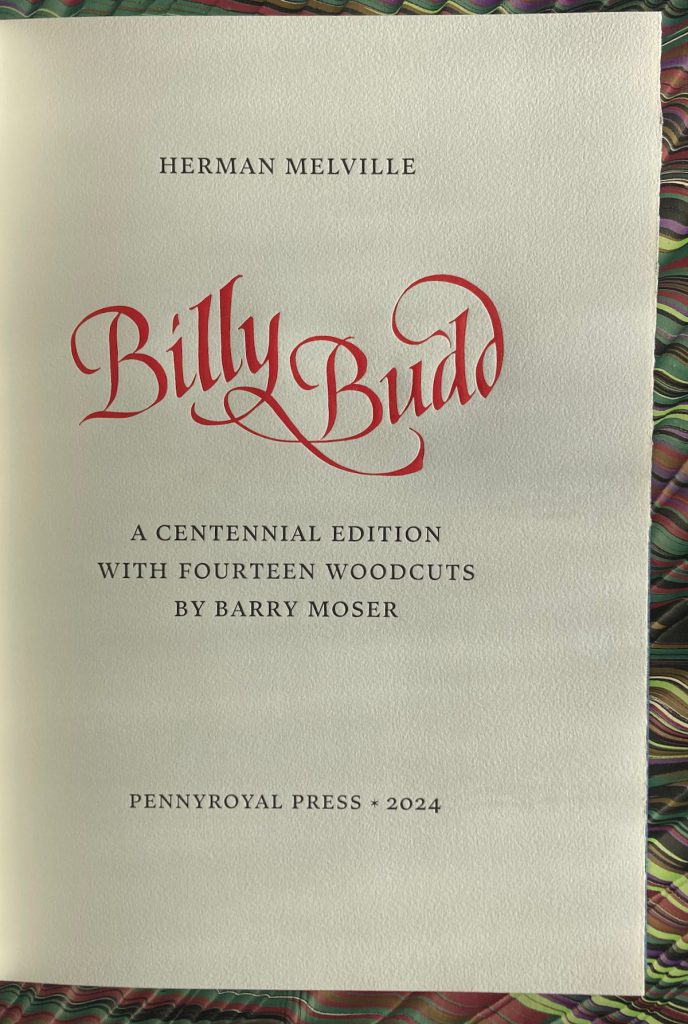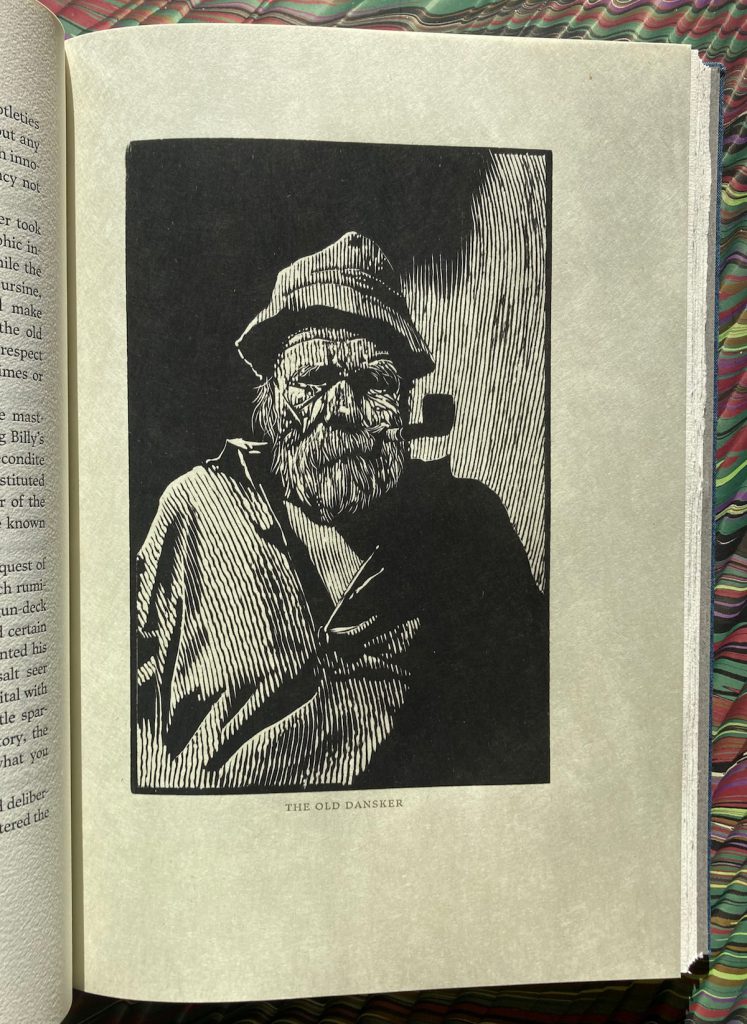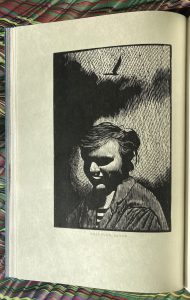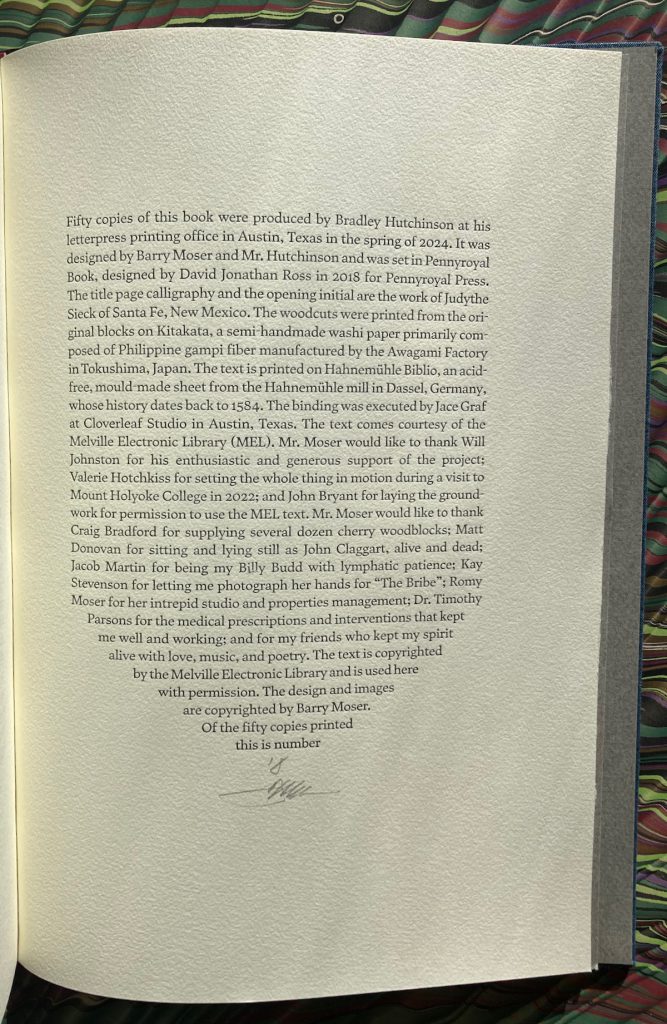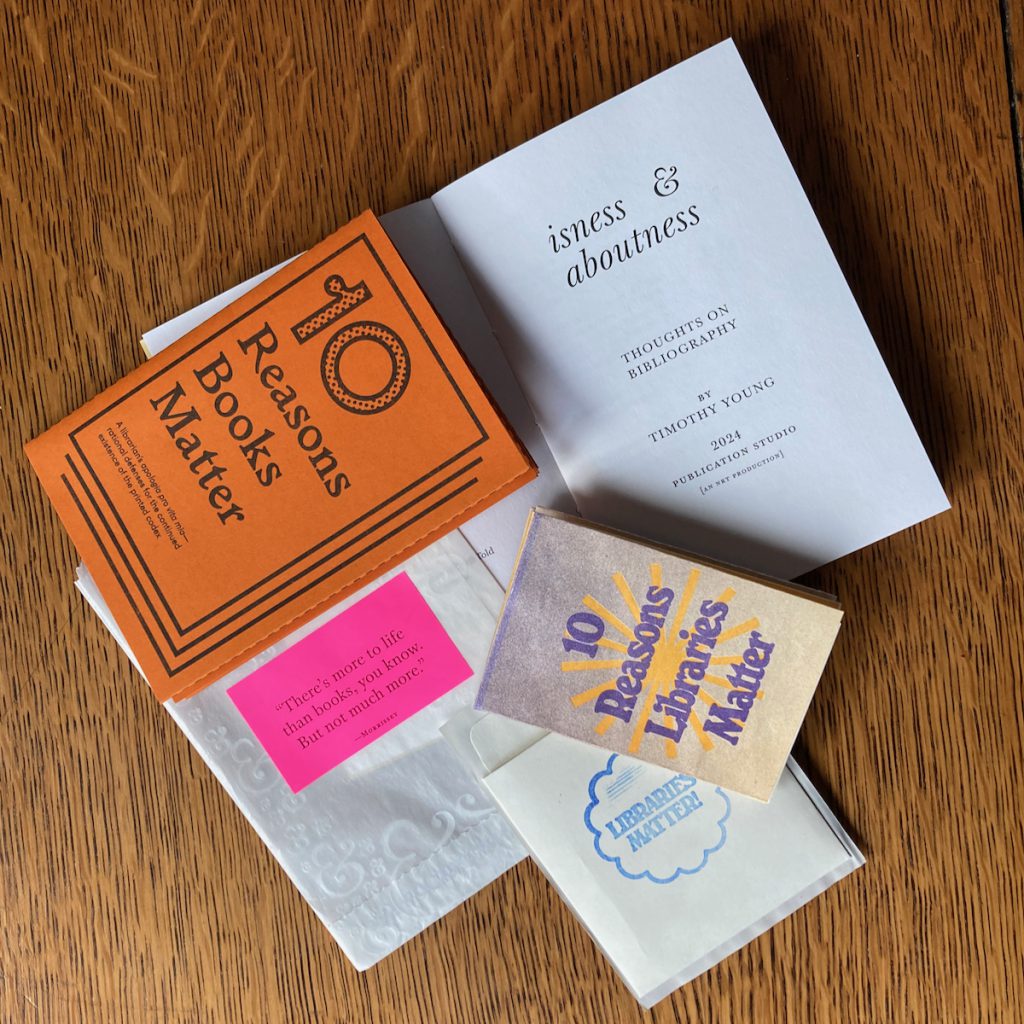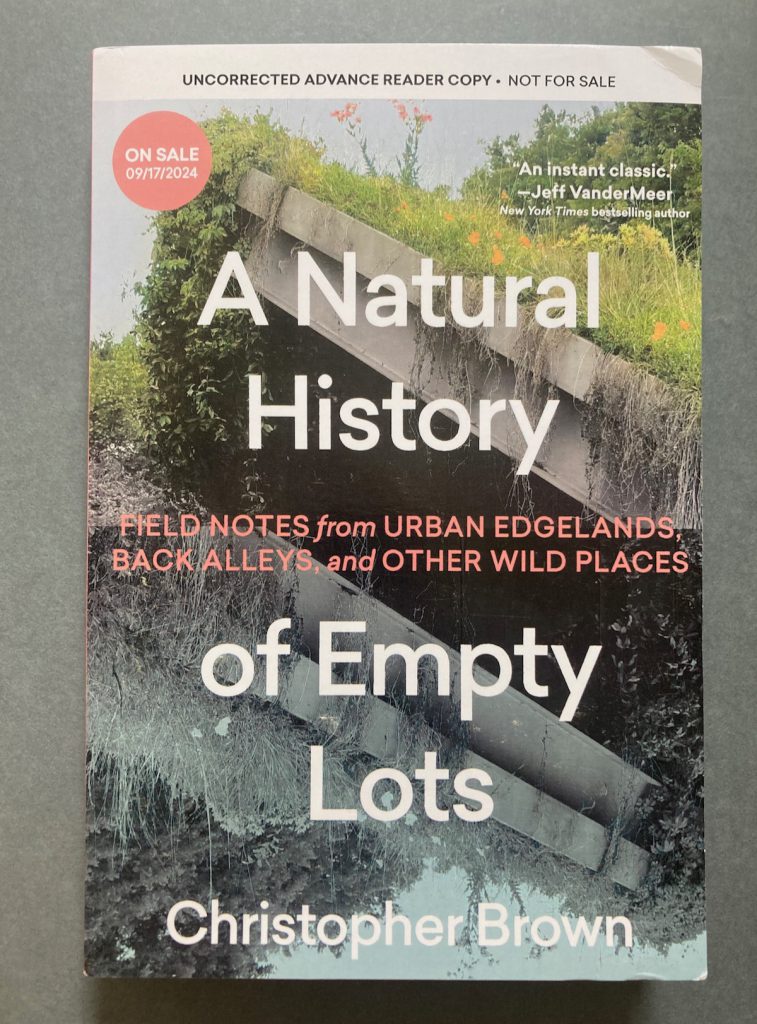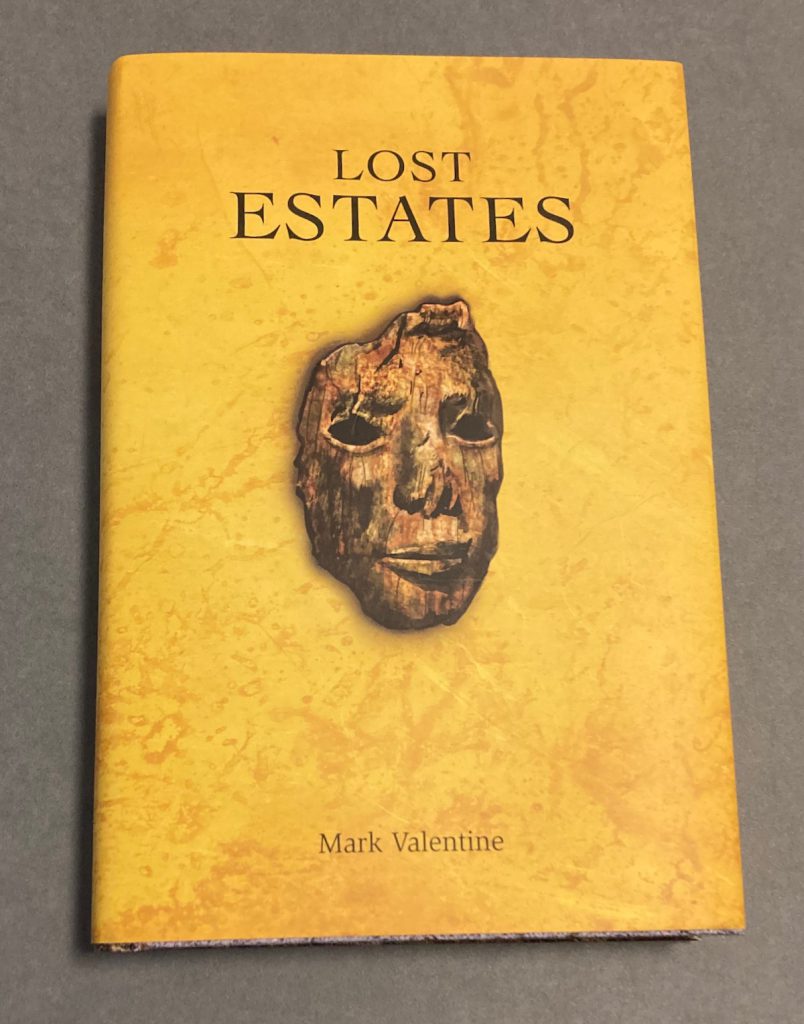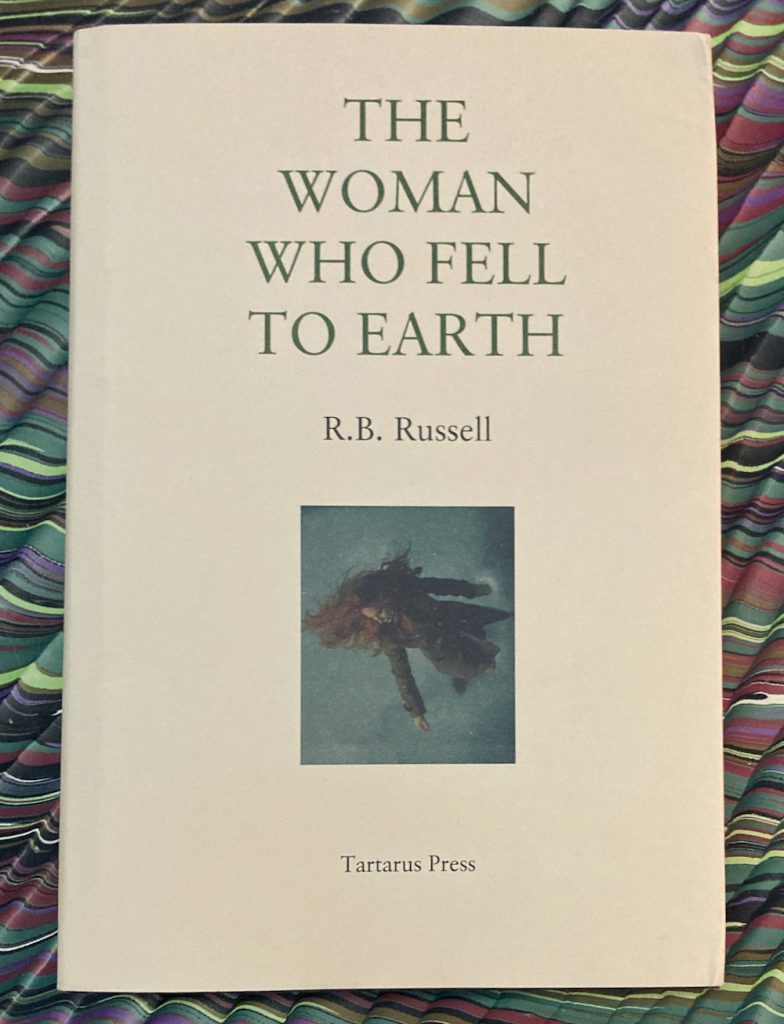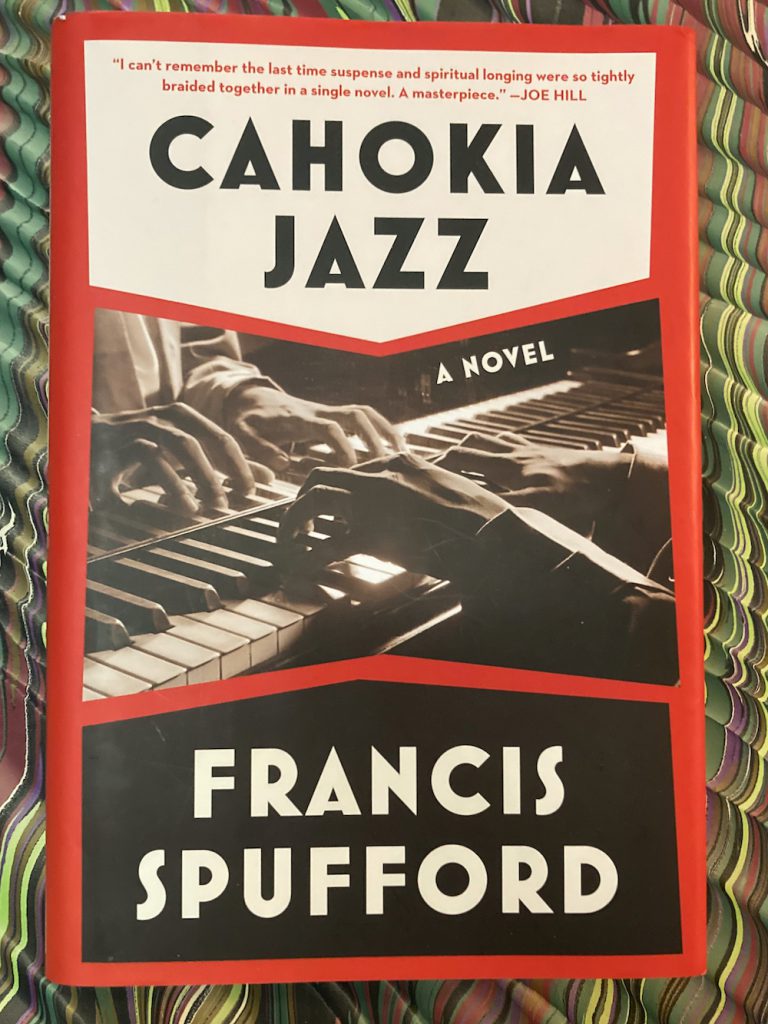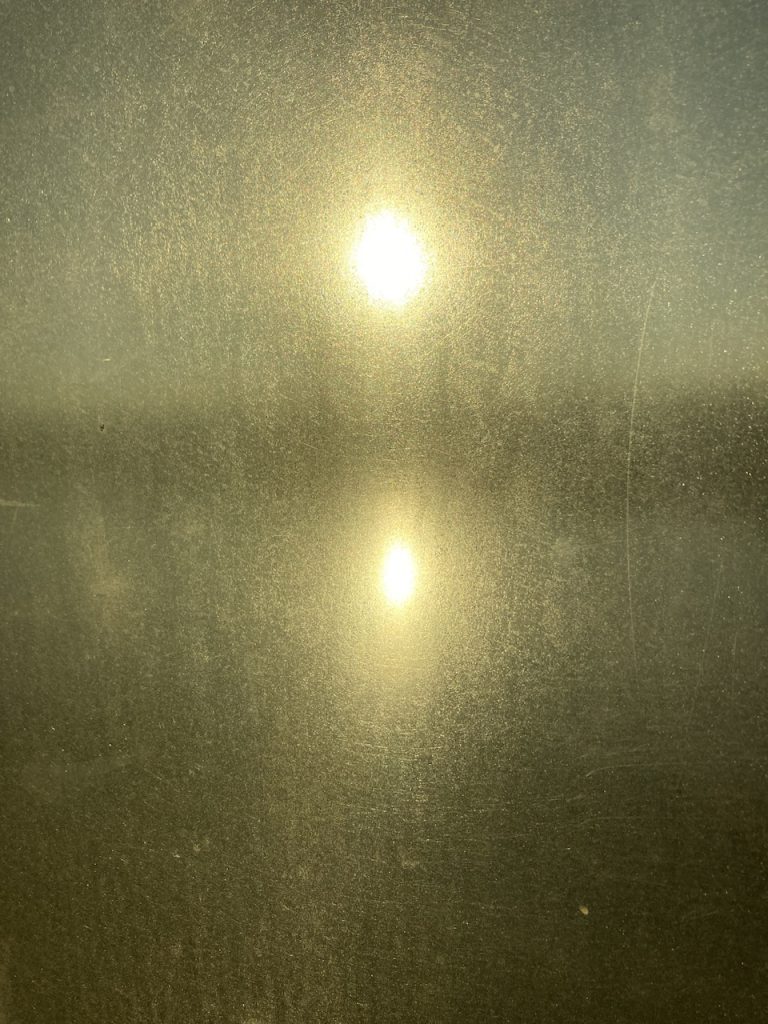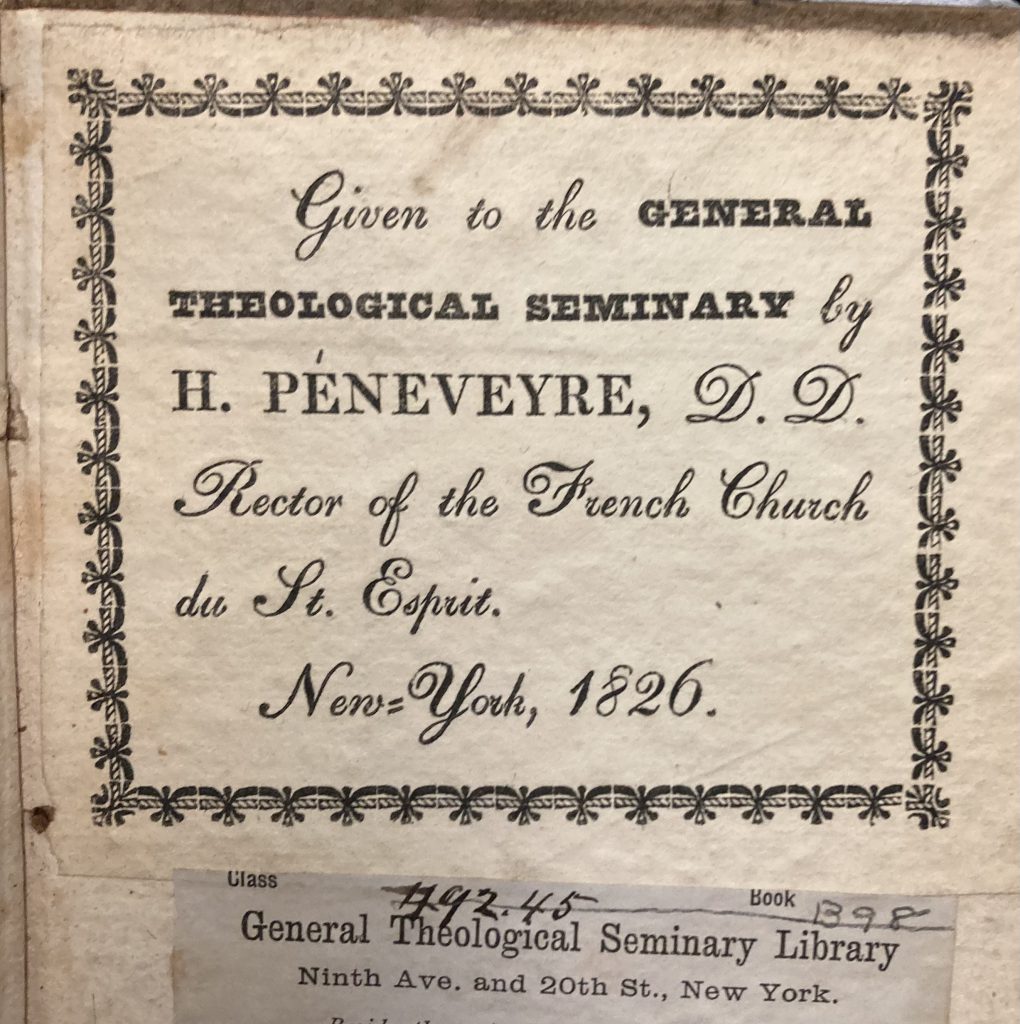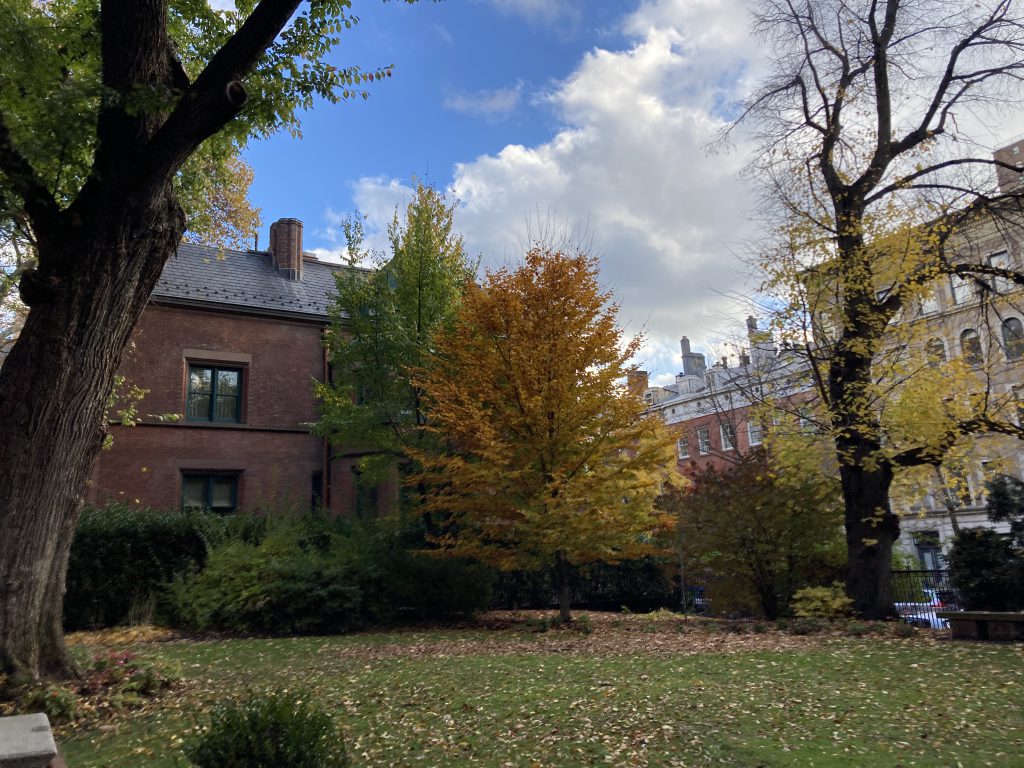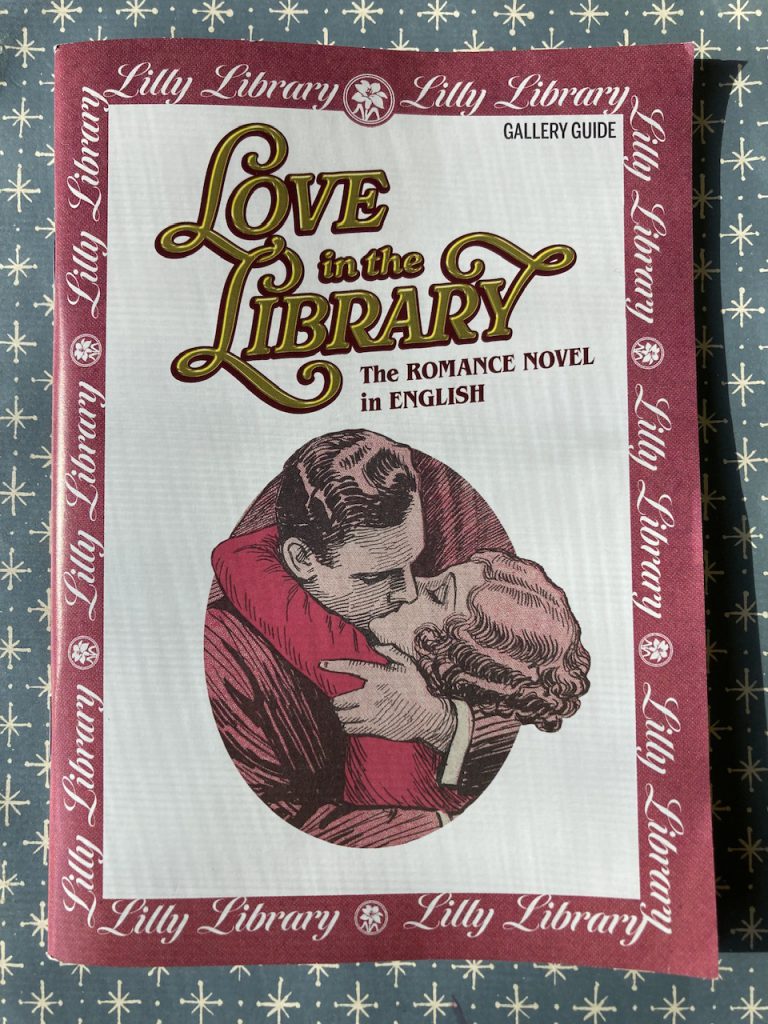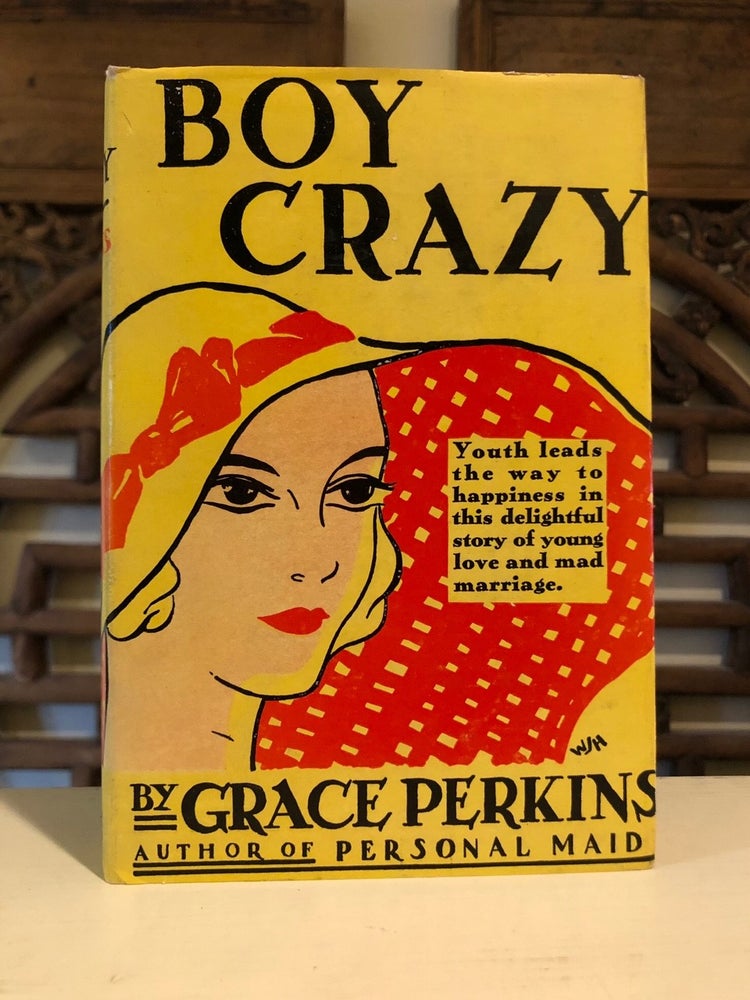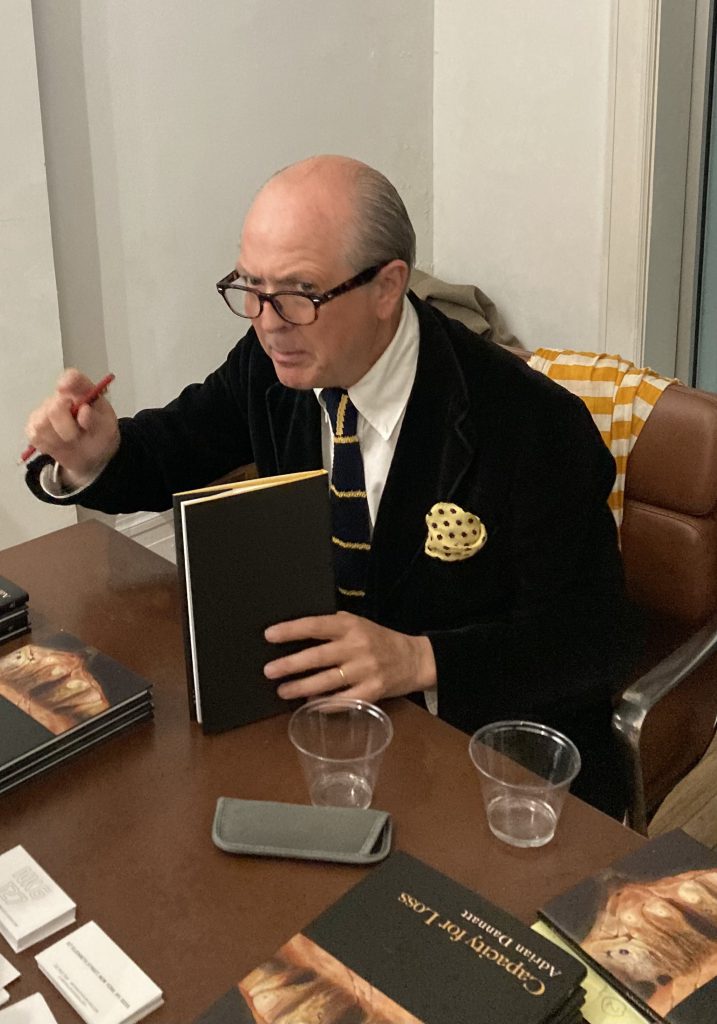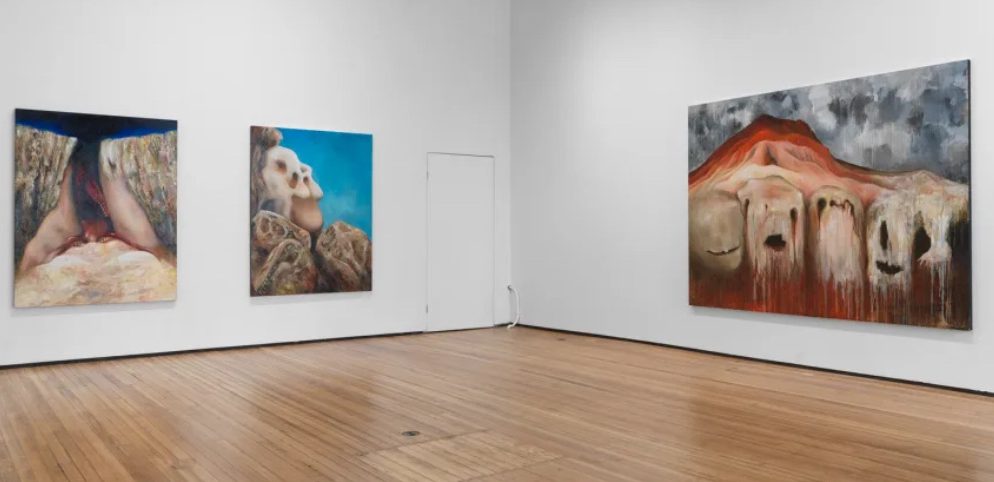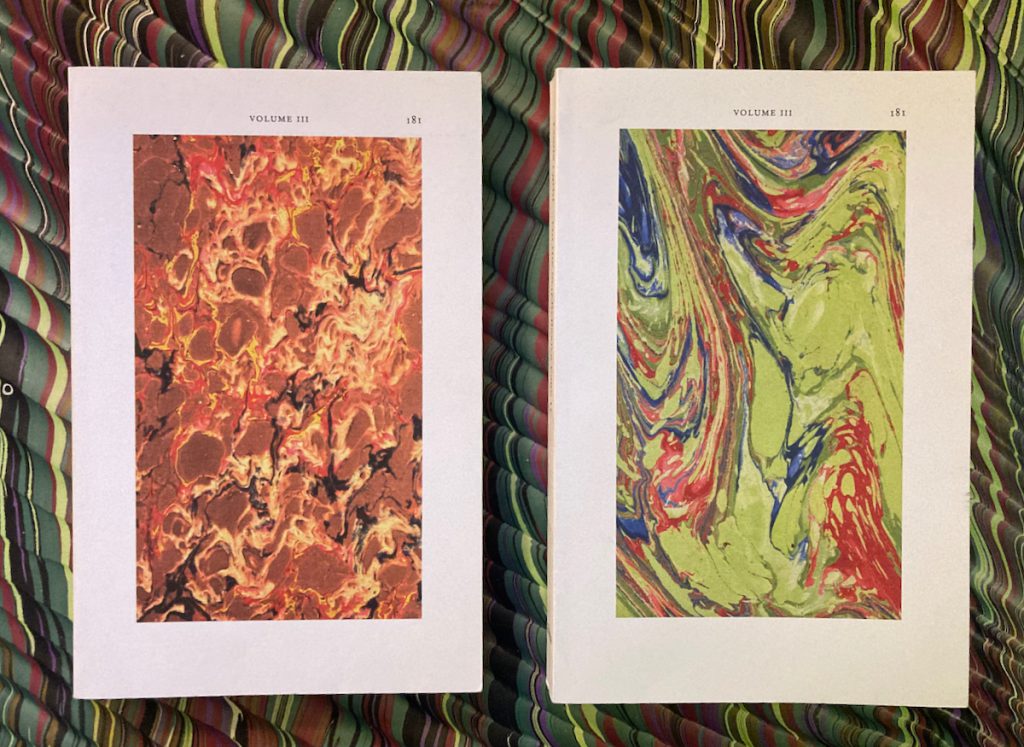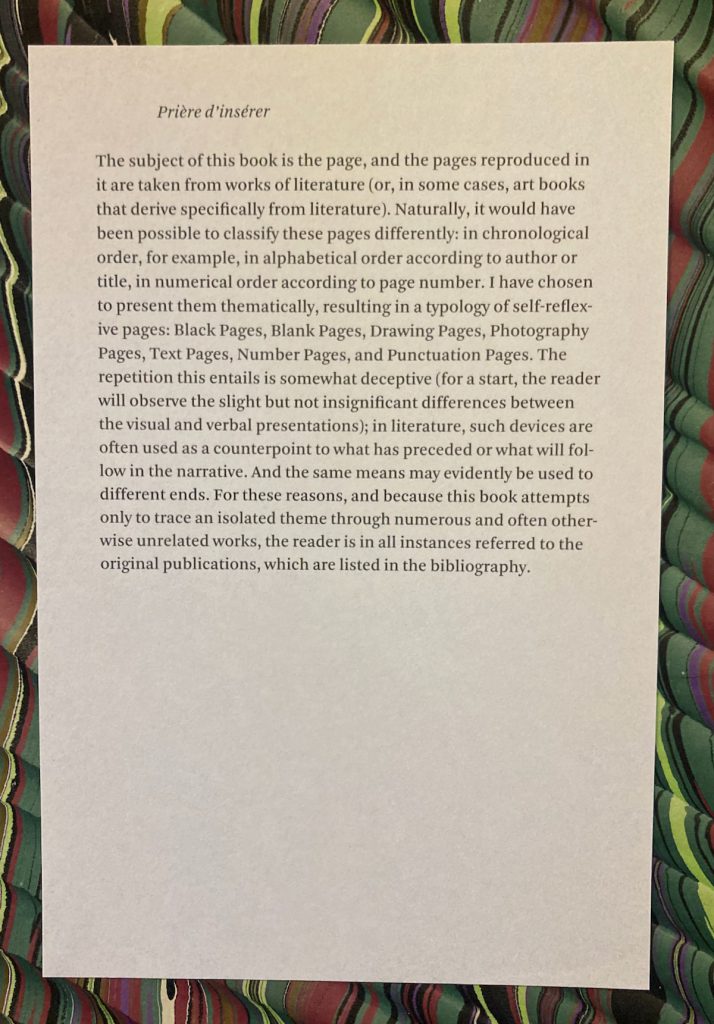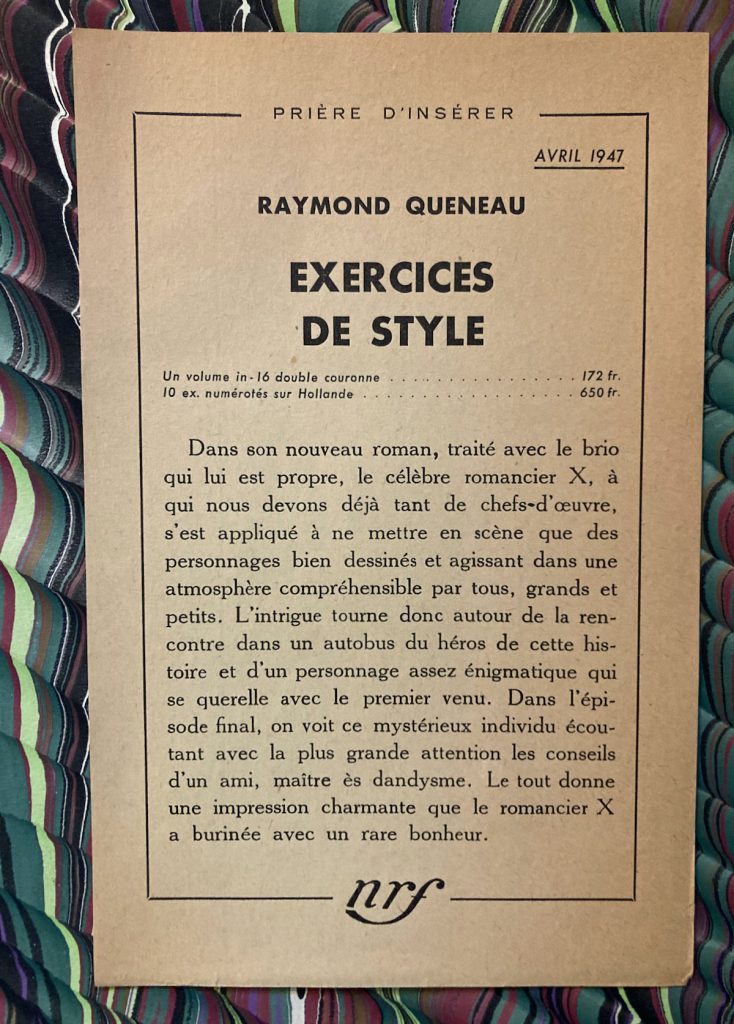The Elfland Prepositions, published 27 February
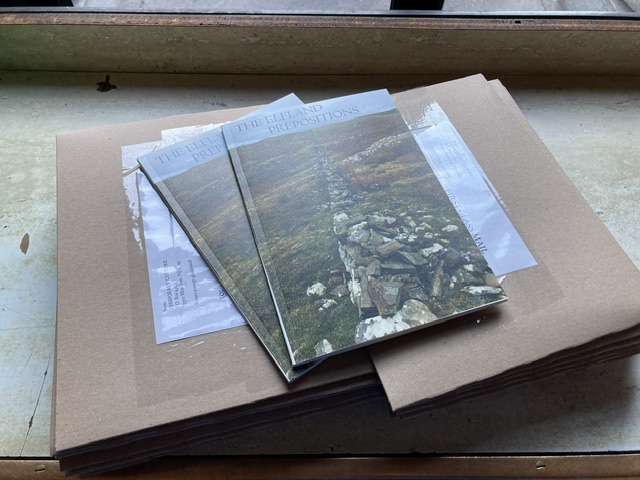
advance presentation copies, at the post office ready for mailing [26 February]
—
in production
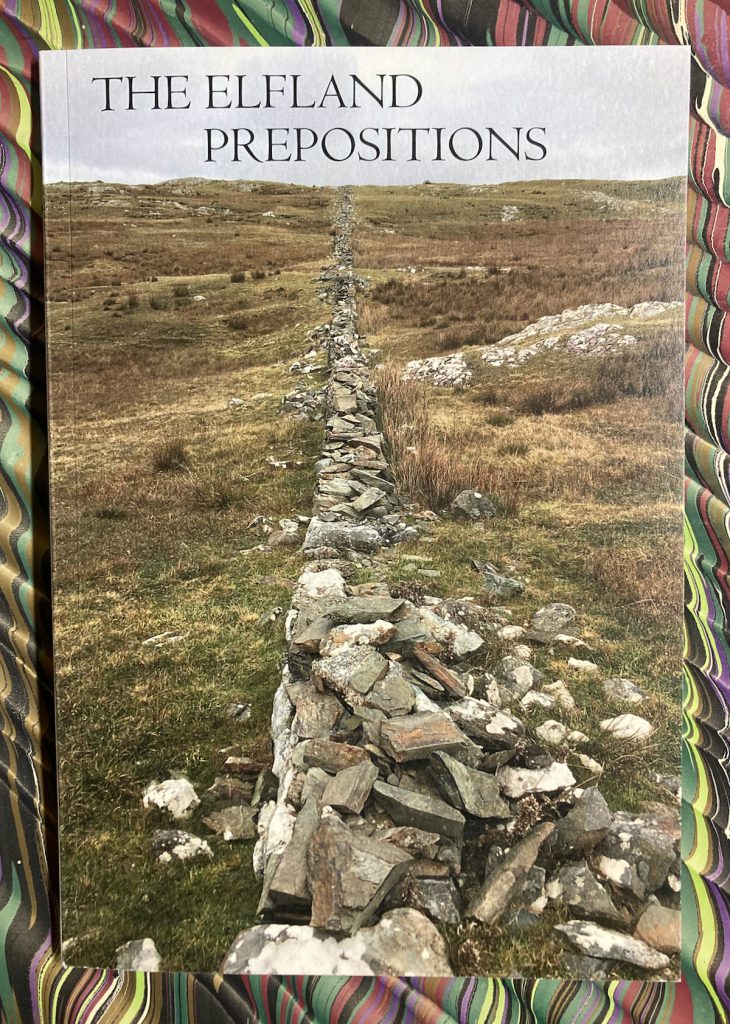
— Henry Wessells. The Elfland Prepositions. Temporary Culture, 2025.
Printed on Mohawk superfine white eggshell. Pictorial wrappers. 26 copies, lettered A to Z, were reserved for presentation ; there were also 100 copies numbered 1 to 100.
Proof copy above (received 12 February 2025) ; proofs corrected & in production (14 February 2025), published 27 February 2025.
Copies now offered for sale, click on link or photo to order.
ISBN13 978-0-9764660-0-0 ISBN 0-9764660-0-1
Collection of four previously unpublished short stories.
Elfland is not a nice place, but it’s important to know how it works.
— — —
seen in the imagination, and at the Grolier Club :
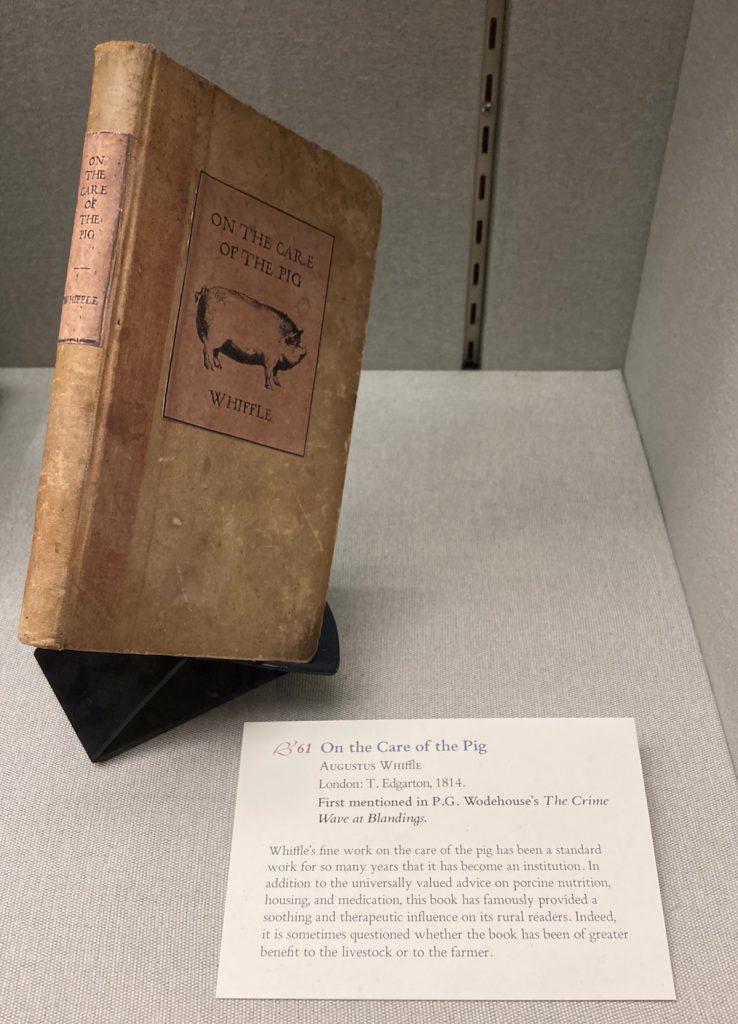
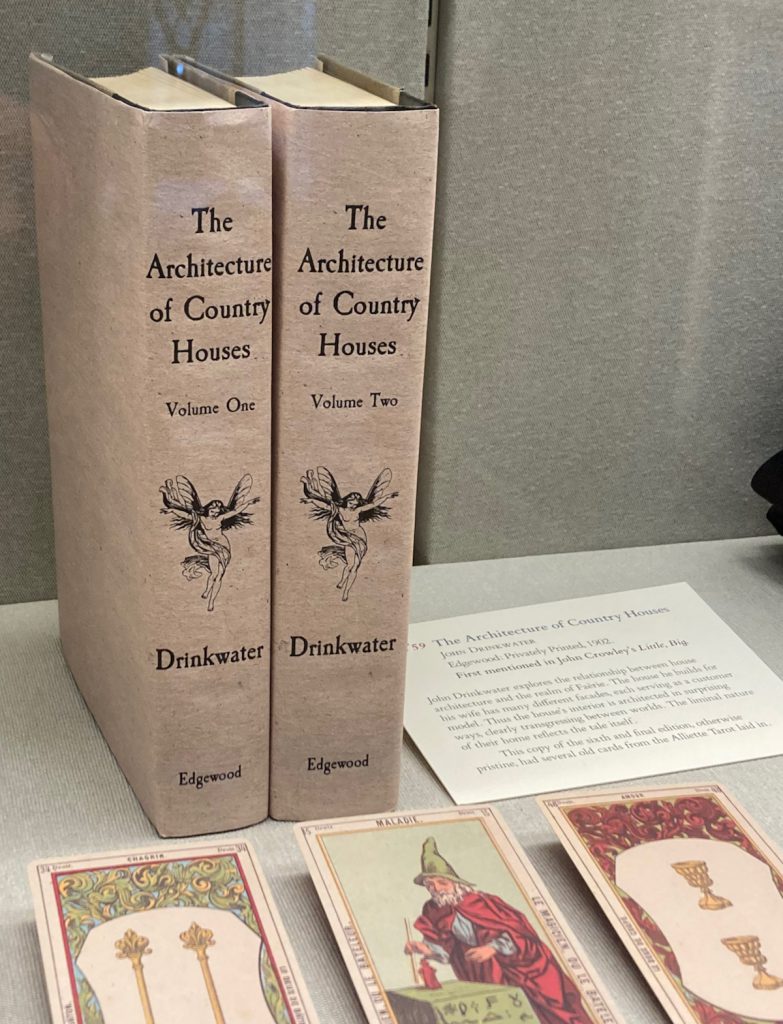
two entries from the recent Grolier Club exhibition, Imaginary Books. Lost, Unfinished, and Fictive Works Found Only in Other Books, from the collection of Reid Byers.
— — —
current reading
— Charles Robert Maturin. Melmoth the Wanderer: A Tale [1820]. With introduction and notes by Victor Sage. Penguin Books, [2000].
/ into the labyrinth, again
— — —
recent reading
— Len Deighton. Hope. HarperCollins, [1995].
— — Charity. HarperCollins, [1996].
— — Winter. A Novel of a Berlin Family. Knopf, 1987.
Germany in the world, 1899-1945 ; back story or bedrock for the Bernard Samson novels.
— — —
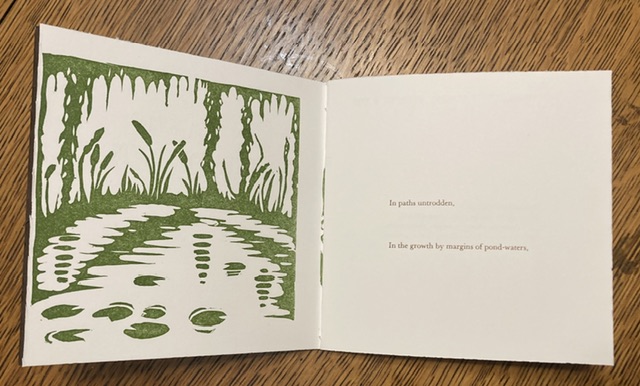
‘away from the clank of the world’
— Walt Whitman. In Paths Untrodden. Printed in brown ink, blockprint illustrations in green and blue. [16] pp. [The Letterpress at Oberlin, January 2025]. Edition of 217.
Calamus 1, from the 1860 Leaves of Grass, with blue herons and green marsh plants. [Gift of VH].
— — —
Hard Rain
by Janwillem van de Wetering
A short note now up (in English) on the excellent and informative Dutch site
https://janwillemvandewetering.nl/favoriete-boek/
— — —
“not relics of the past, but pockets of the future arriving ahead of schedule”
— Christopher Brown, over at The Clearing (the blog of Little Toller Books)
— — —
“When I look at that obscure but gorgeous prose-composition, the Urn-burial, I seem to myself to look into a deep abyss, at the bottom of which are hid pearls and rich treasure ; or it is like a stately labyrinth of doubt and withering speculation, and I would invoke the spirit of the author to lead me through it.”
— Charles Lamb on Sir Thomas Browne, quoted by Hazlitt, in “Of Persons One Would Wish to Have Seen” (1826)
— — —


